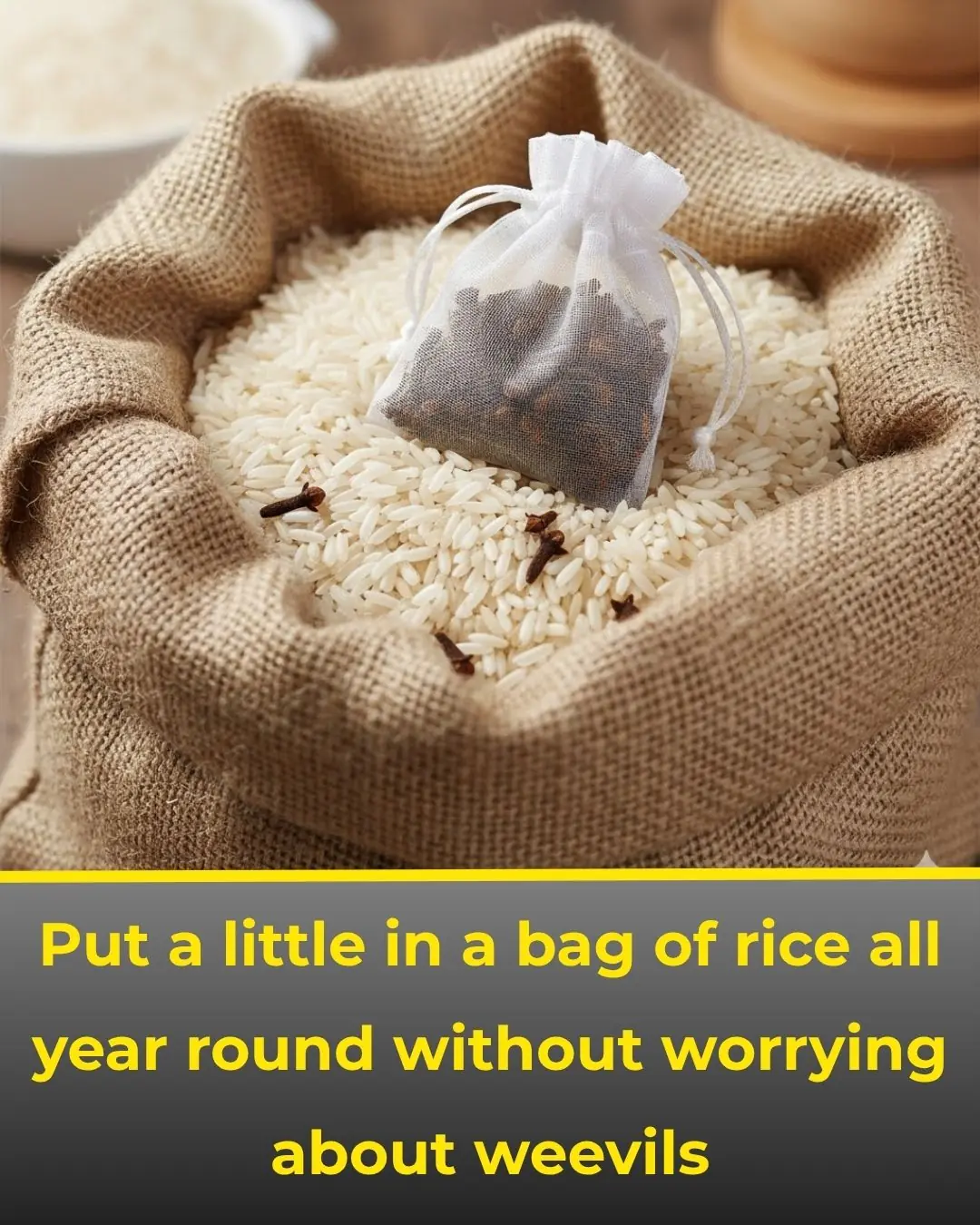
Do you need to unplug the rice cooker after the rice is done? — an expanded, evidence-backed guide
Almost every kitchen has a rice cooker, and one common question is whether you should unplug it once the rice finishes cooking. Short answer: it depends on what you want (hot rice vs. saving energy) — and on safety and food-storage rules. Below I rewrite and expand the original piece with practical guidance, food-safety notes, energy info and manufacturer/industry recommendations. (Sources named in text; key supporting references at the end.) Serious Eats+1
How rice cookers behave: “Cook” → automatic “Warm”
Most electric rice cookers switch from a high-power cook cycle to a low-power keep-warm mode once the rice absorbs the water and the internal thermostat senses the pot is dry. The keep-warm stage uses far less electricity and is designed to maintain serving temperature and texture for a limited time without burning. That’s why many people leave rice in the cooker between meals instead of reheating it later. (Serious Eats, manufacturer guidance). Serious Eats+1
Food-safety limits: don’t let rice linger in the “danger zone”
From a food-safety perspective the critical point is temperature and time. Cooked rice must be either kept hot (above roughly 135°F / 57°C) or cooled and refrigerated promptly — otherwise Bacillus cereus spores (present in rice) can germinate and produce toxins that reheating won’t reliably destroy. Experts recommend refrigerating leftover rice within 1–2 hours (sooner in hot weather) and not leaving cooked rice at unsafe temperatures for many hours. If you intend to store rice for later, transfer it to shallow containers and chill it quickly. (NC State Extension; UW Medicine / Right as Rain). brunswick.ces.ncsu.edu+1
So — when should you unplug?
Practical rules many cooks follow:
-
If you want rice kept hot for a meal soon after cooking (within a few hours), it’s fine to leave the cooker on keep-warm — modern units are designed for this. (Serious Eats). Serious Eats
-
If you don’t need rice hot for long or you’re finished eating: unplug the cooker and either discard, cool and refrigerate leftovers, or reheat later. This saves electricity and reduces any risk of drying or scorching from extended keep-warm use. (Manufacturer advice). zojirushiamerica5787.zendesk.com
-
If the keep-warm period will be many hours (overnight or all day): unplug and refrigerate instead. Many makers advise limiting keep-warm to a defined maximum (often 6–12 hours depending on model); beyond that rice quality deteriorates and safety concerns rise. (Zojirushi guidance; Serious Eats). zojirushiamerica5787.zendesk.com+1
Energy and electrical safety — low power but not zero
Keep-warm mode draws far less power than cooking — typically on the order of tens of watts (many models 30–50 W on warm), but that still adds electricity if left on for many hours. Unplugging appliances when not in use eliminates standby or “vampire” power and is a simple way to cut waste. There’s also an electrical-safety angle: always unplug before cleaning, and don’t leave older or damaged cookers running unattended for long periods. (Product power specs; energy guides; electrical-safety advice). Crompton+2daftlogic.com+2
Other practical tips and things to watch for
-
Check your manual. Different cookers (basic vs. fuzzy-logic/advanced) have different keep-warm designs and recommended maximums — follow the manufacturer’s instructions. (Zojirushi and other makers publish model-specific guidance). zojirushiamerica5787.zendesk.com
-
Avoid keeping just a little rice on warm. When there’s only a small amount left, the pot can overheat the bottom and dry or scorch the rice; either eat or refrigerate remaining rice. (User guidance). Serious Eats
-
If you’ll reuse rice for later meals, cool it quickly (spread in a shallow pan) and refrigerate within 1–2 hours; reheat to steaming hot (165°F / 74°C) before eating. Don’t reheat more than once. (Food-safety authorities). brunswick.ces.ncsu.edu+1
-
Keep the cooker clean and dry. Wipe the inside, the lid and the steam valve regularly; trapped moisture and residue can affect performance and harbour smells or mould. Always unplug before cleaning. (Manufacturer / safety guidance). Electrical Safety First+1
Quick checklist (one minute)
-
Want rice hot for <6–8 hours? Leave on keep-warm (check your manual). zojirushiamerica5787.zendesk.com
-
Finished eating or keeping rice for longer? Unplug → cool → refrigerate within 1–2 hours. brunswick.ces.ncsu.edu
-
Older/cheap cooker or unstable power? Unplug when done for safety. Electrical Safety First
News in the same category

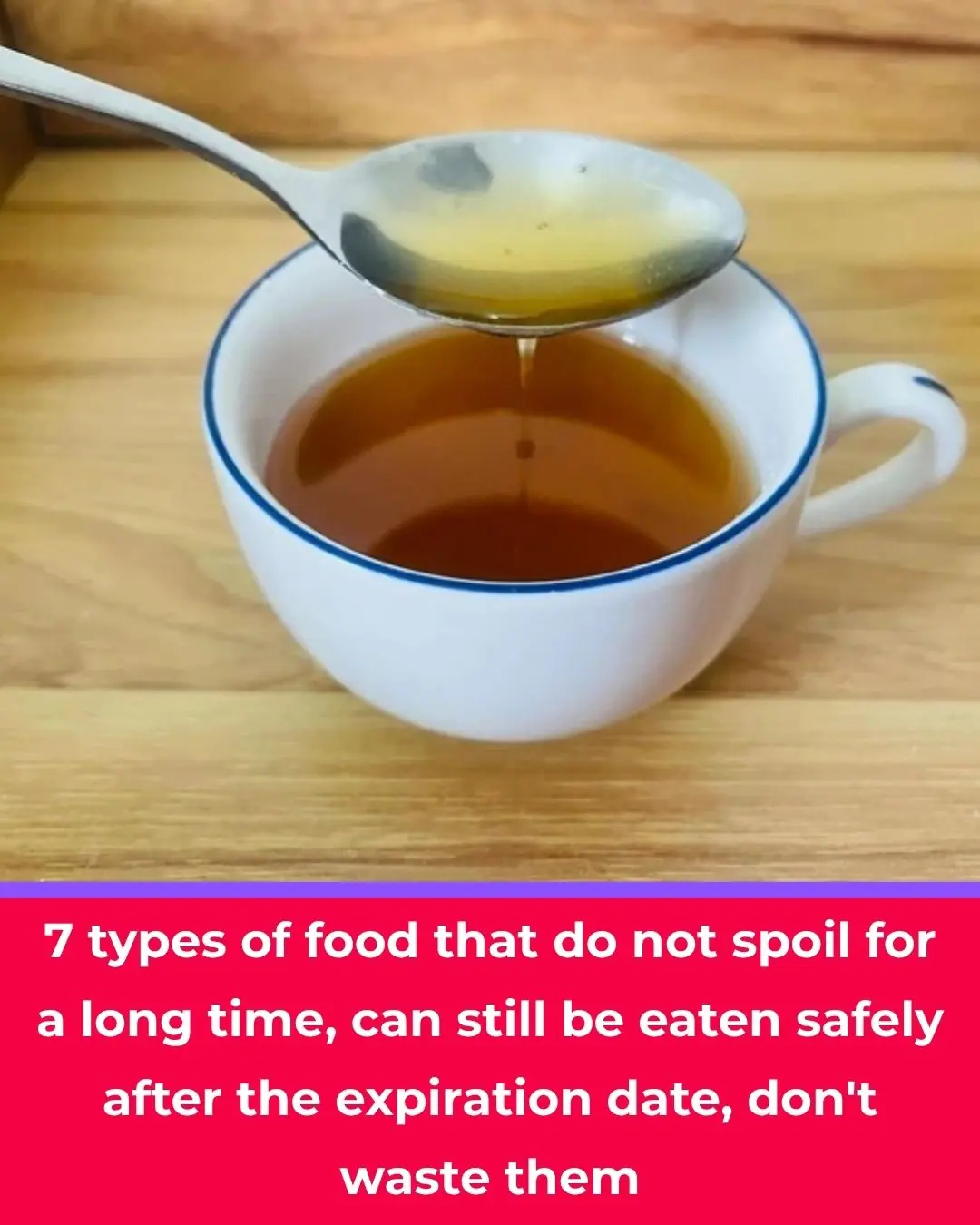
7 pantry items that really don’t spoil — and how to store them so they stay great

8 instant, drug-free ways to stop motion sickness — rewritten, expanded and evidence-backed
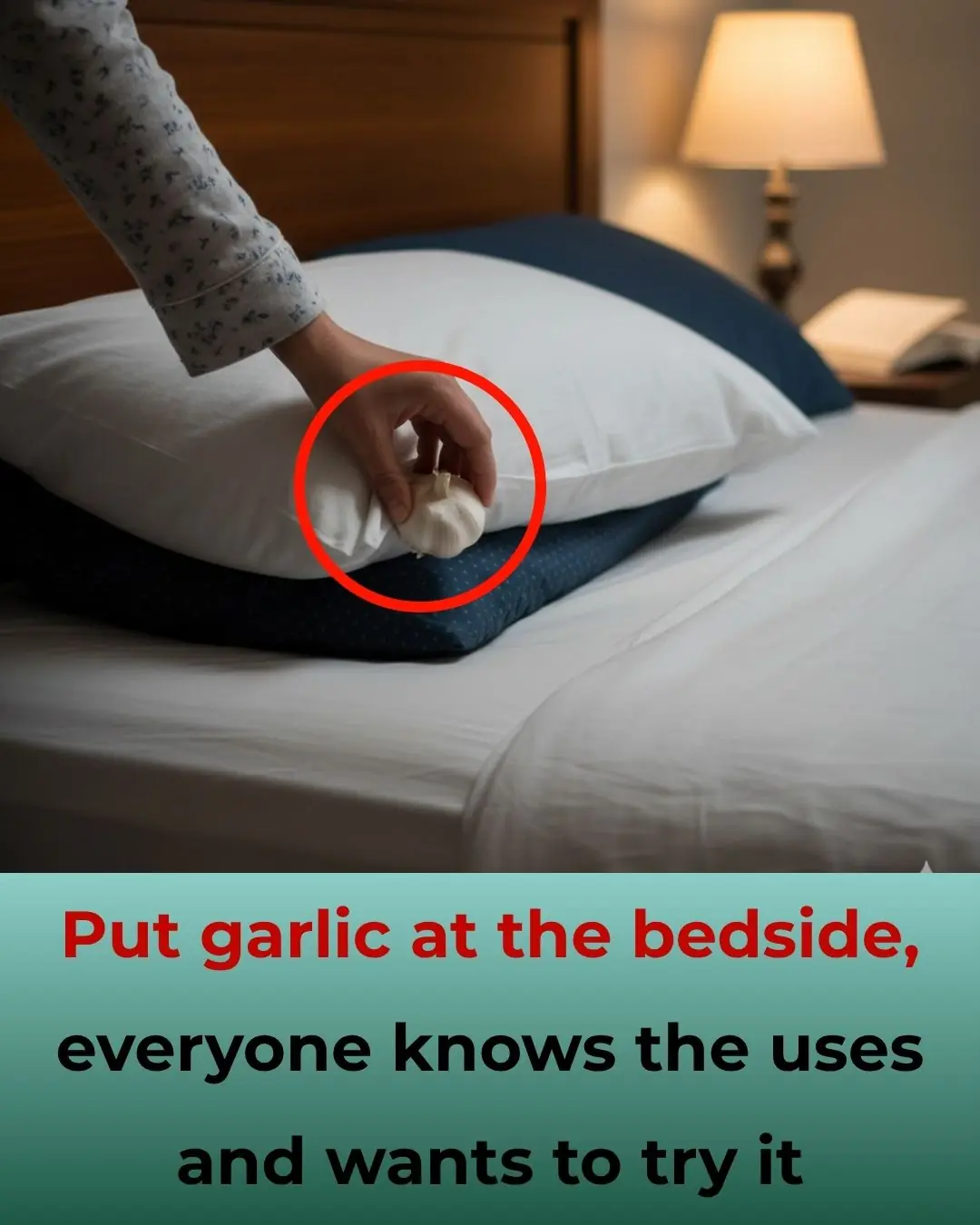
Put a clove of garlic by your pillow? Here’s what the tradition actually does — and what science and doctors say

The 3 best times to drink perilla leaf tea — and what science and safety advice say

5 common coffee mistakes that can harm your health — and safer, evidence-based fixes
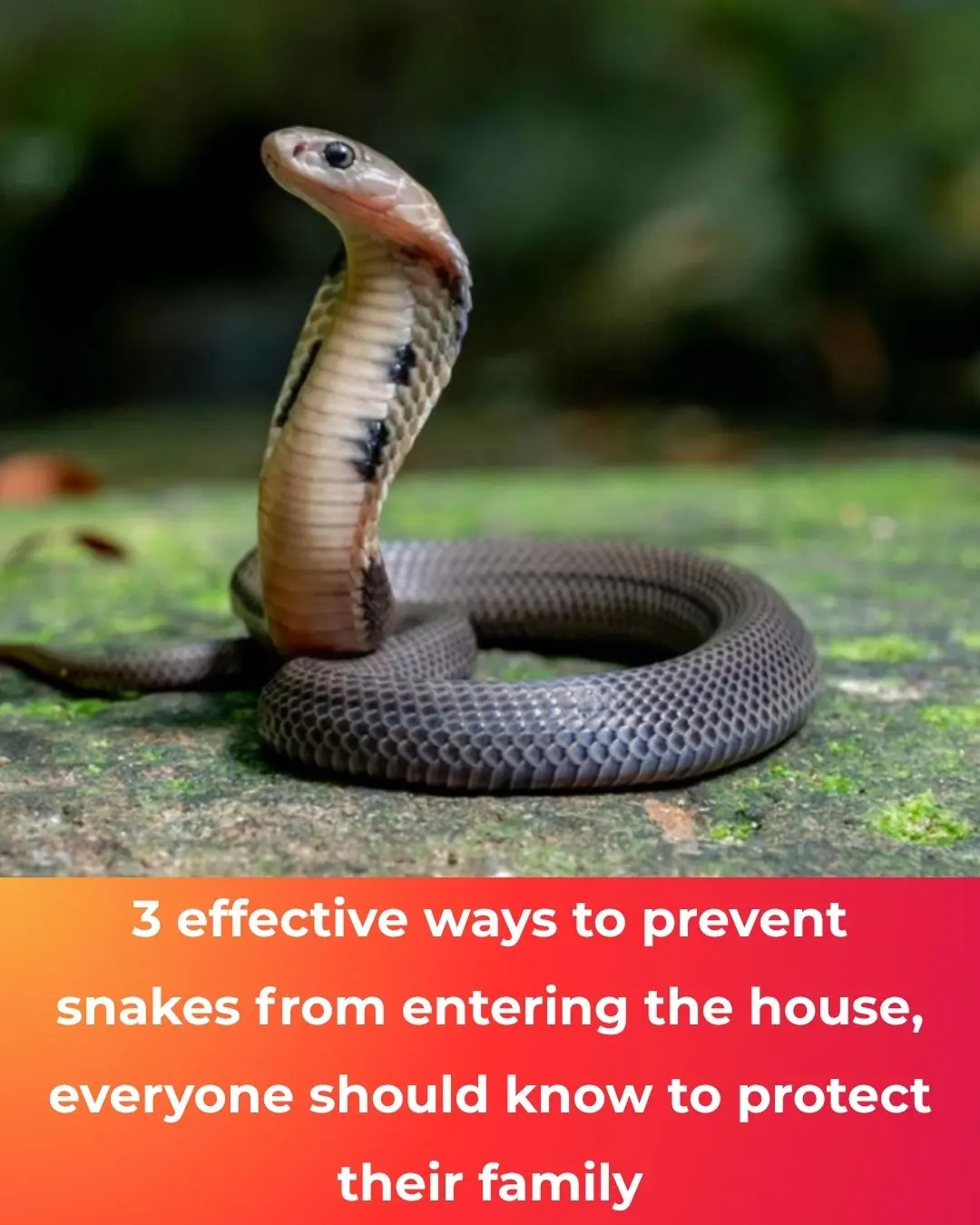
3 practical ways to stop snakes from getting into your home — plus safer alternatives and what not to do

Robin Williams' daughter issues desperate plea to fans after receiving 'disgusting' AI videos of her dad

Reason why Donald Trump had 'no chance' at winning' Nobel Prize despite his claims 'he deserved it'

Emmerdale fans 'work out' what's really wrong with Moira Dingle after collapse

McFly star Harry Judd's wife Izzy opens up on their child's difficult health condition

Bill Belichick trying to ‘find the leak’ with reports of UNC dysfunction spreading

Mike Francesa misses Yankees watch party for ‘emergency’ surgery

Taylor Swift’s floral ‘Late Night With Seth Meyers’ outfit is covered in Easter eggs

Selena Gomez’s kidney donor, Francia Raisa, addresses wedding snub and feud rumors

‘Shuts TF Up’: Scott Jennings’ Unhinged Back and Forth with Abby Phillip Takes a Turn When Van Lathan Begins to Speak

Melissa Koby Becomes First Black Woman to Create Official U.S. Open Artwork, Honors Althea Gibson for 75th Anniversary

Joy-Ann Reid Returns to the Mic With New Podcast “The Joy Reid Show”

Kamala Harris Makes Surprise Appearance at Compton High Graduation After Chance Encounter With Student
News Post

Growing Wildflowers: A Mother’s Journey Through the Chaos

The Baby in Princess Diana’s Arms

A Lifetime in Bloom: Lois Shows Us What Passion Truly Grows

Farewell to a Giant Soul: Vatsala the Elephant Passes at 100
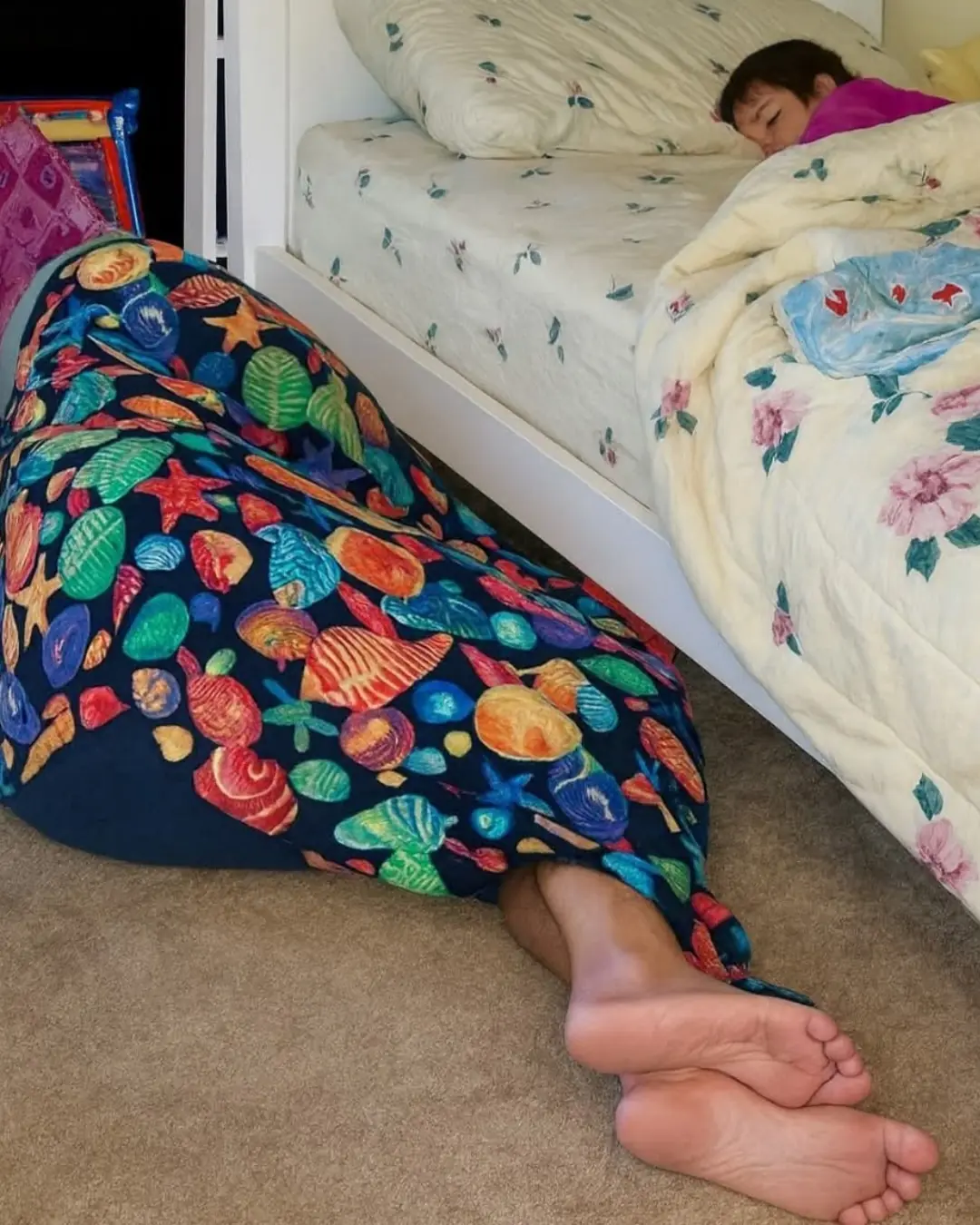
Keeping the Monsters Away: The Quiet Heroism of Foster Parents

From Sidewalk to Forever: A Daughter’s Choice That Changed Everything

A Thirst for Life: Cyclists Halt Ride to Save Parched Koala in Australia’s Heatwave

An Actor’s Greatest Role: Morgan Freeman Becomes a Guardian of Strays
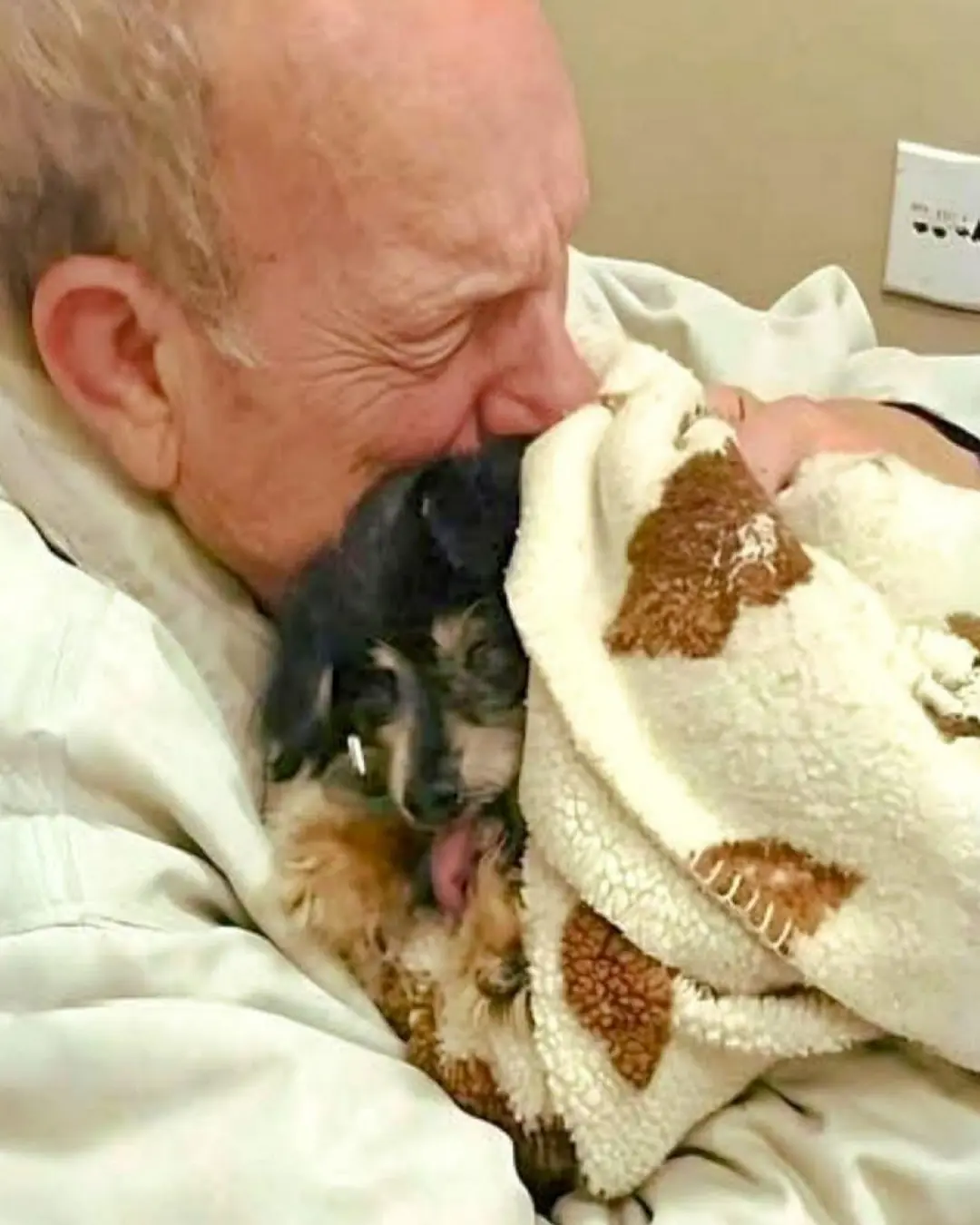
When a Celebration Became a Goodbye: A Daughter’s Farewell to Her Faithful Companion
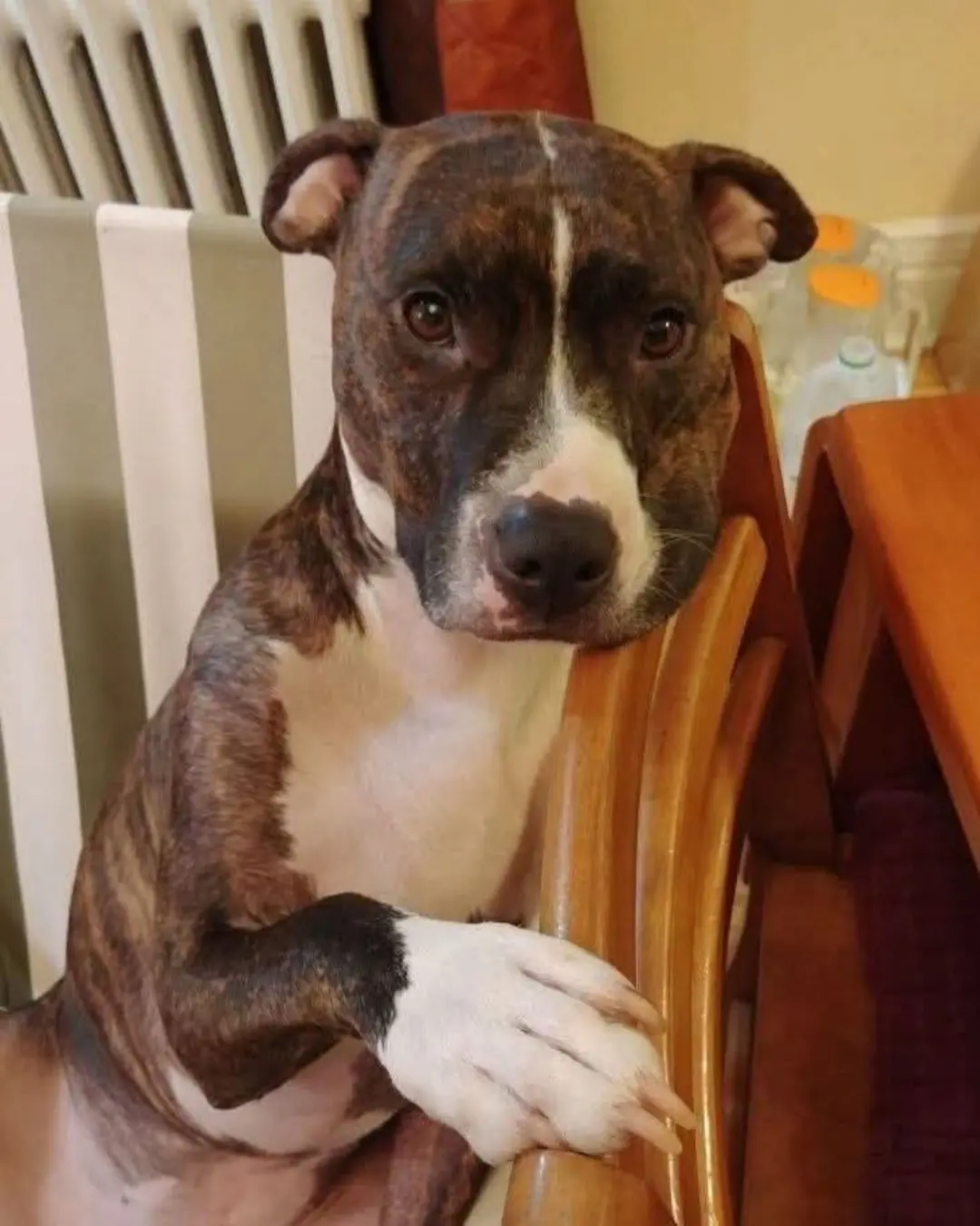
Bella the Hero: How a Pit Bull’s Loyalty Saved a Life

No Matter How Dirty You Are, Absolutely AVOID These 7 “Dangerous Hours” When Washing Your Hair to Prevent Stroke, Sudden Illness, or Hospitalization Without Warning
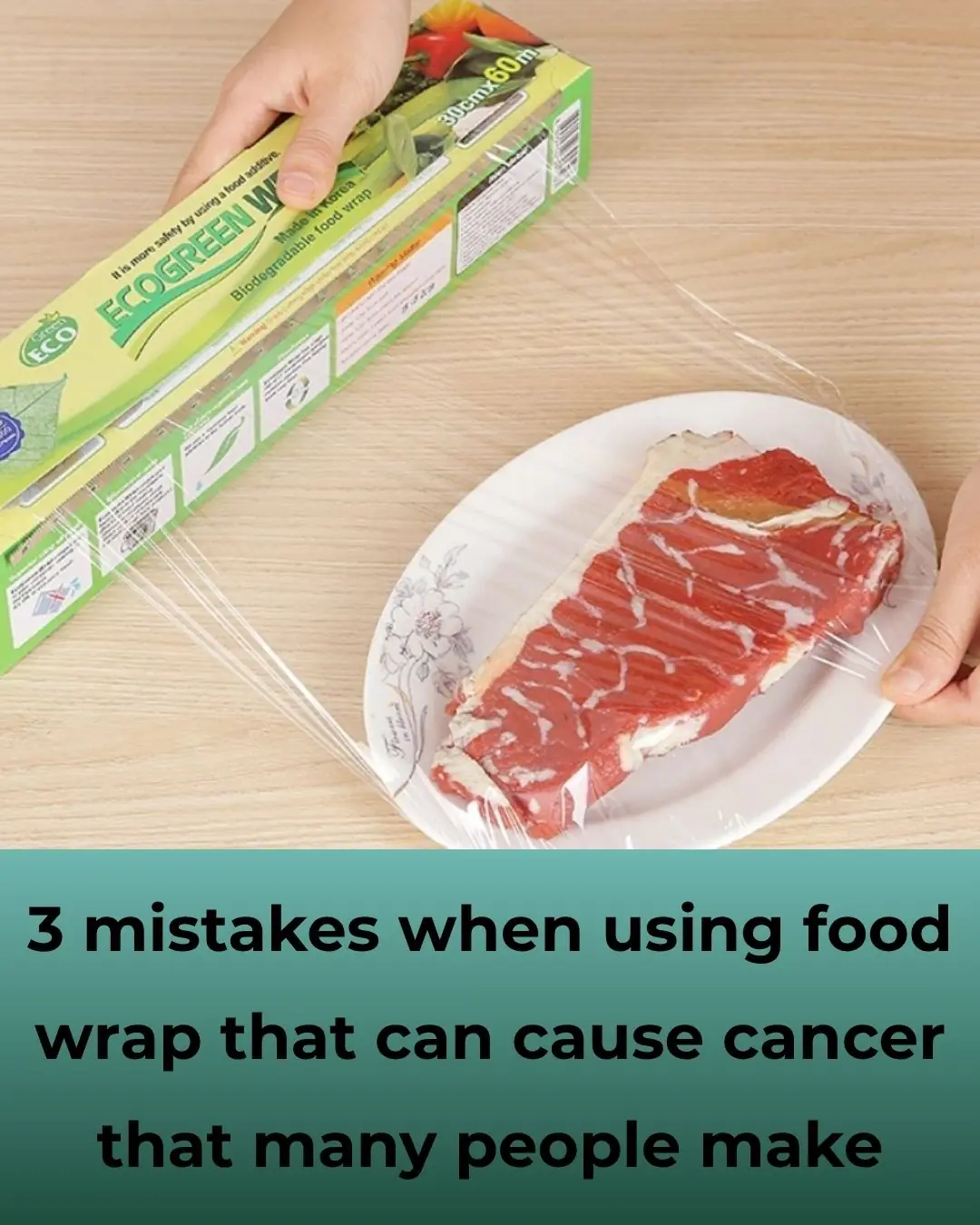
3 Common Mistakes When Using Plastic Wrap That Can Cause Cancer and Are Often Made by Many People

A Kiss from Joy: The Language of Love Between Elephants and Humans
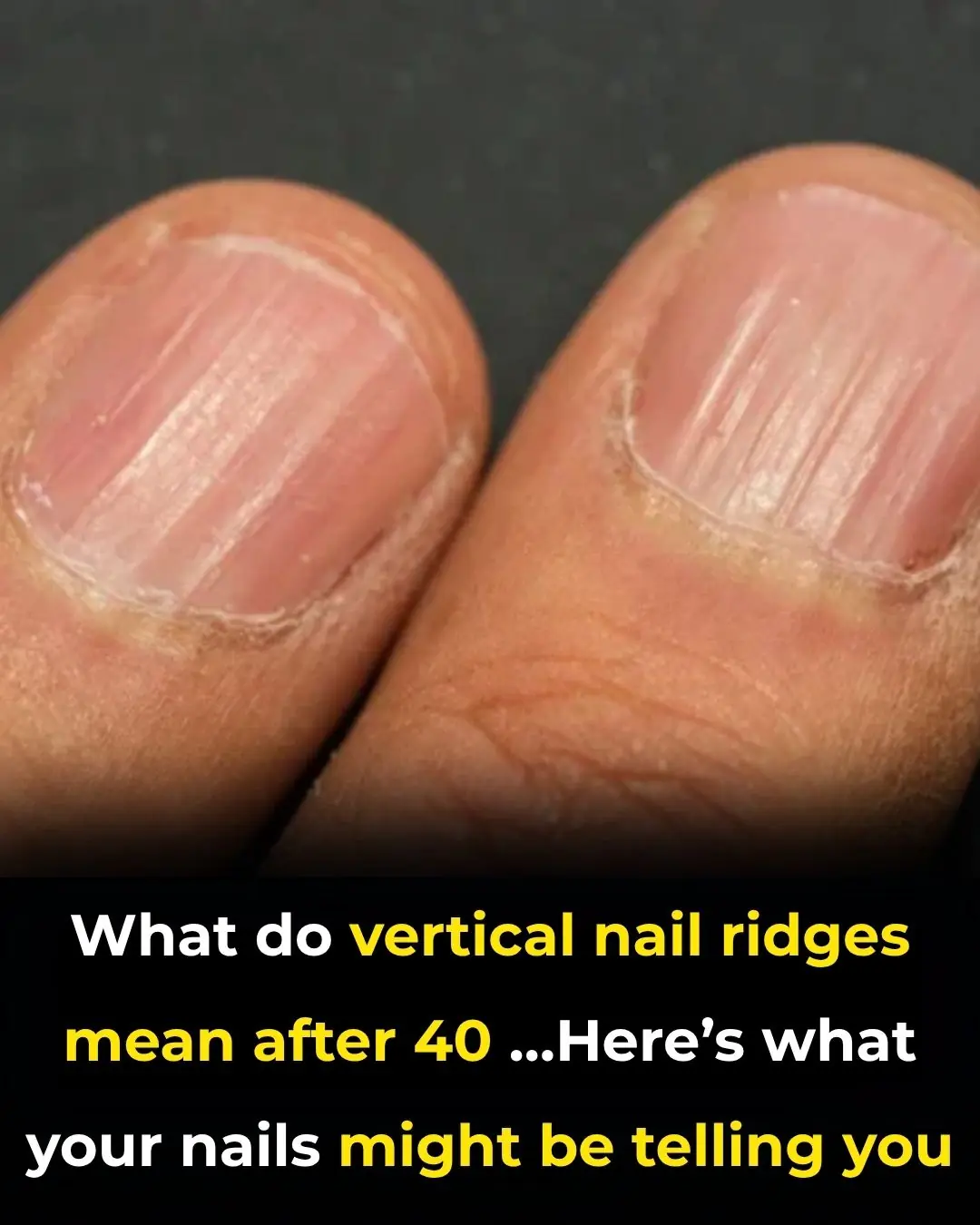
What Do Vertical Nail Ridges Mean After 40

A Brave Fight for Life: Kuba’s Battle Against Ewing’s Sarcoma
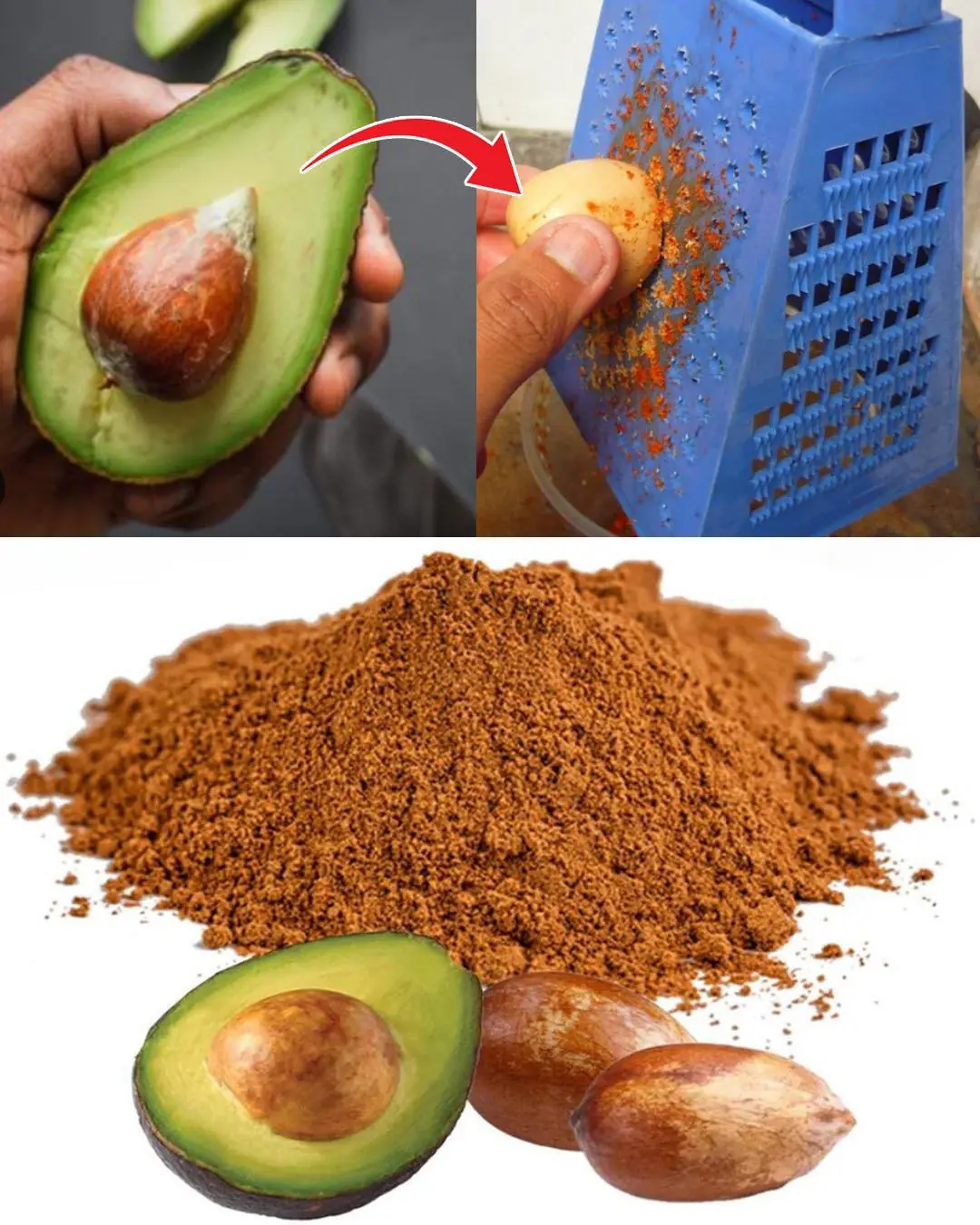
Avocado Seeds Benefits: 7 Reasons to use them

9 Signs You’re Actually Going Through Menopause (Even If You Didn’t Realize It)
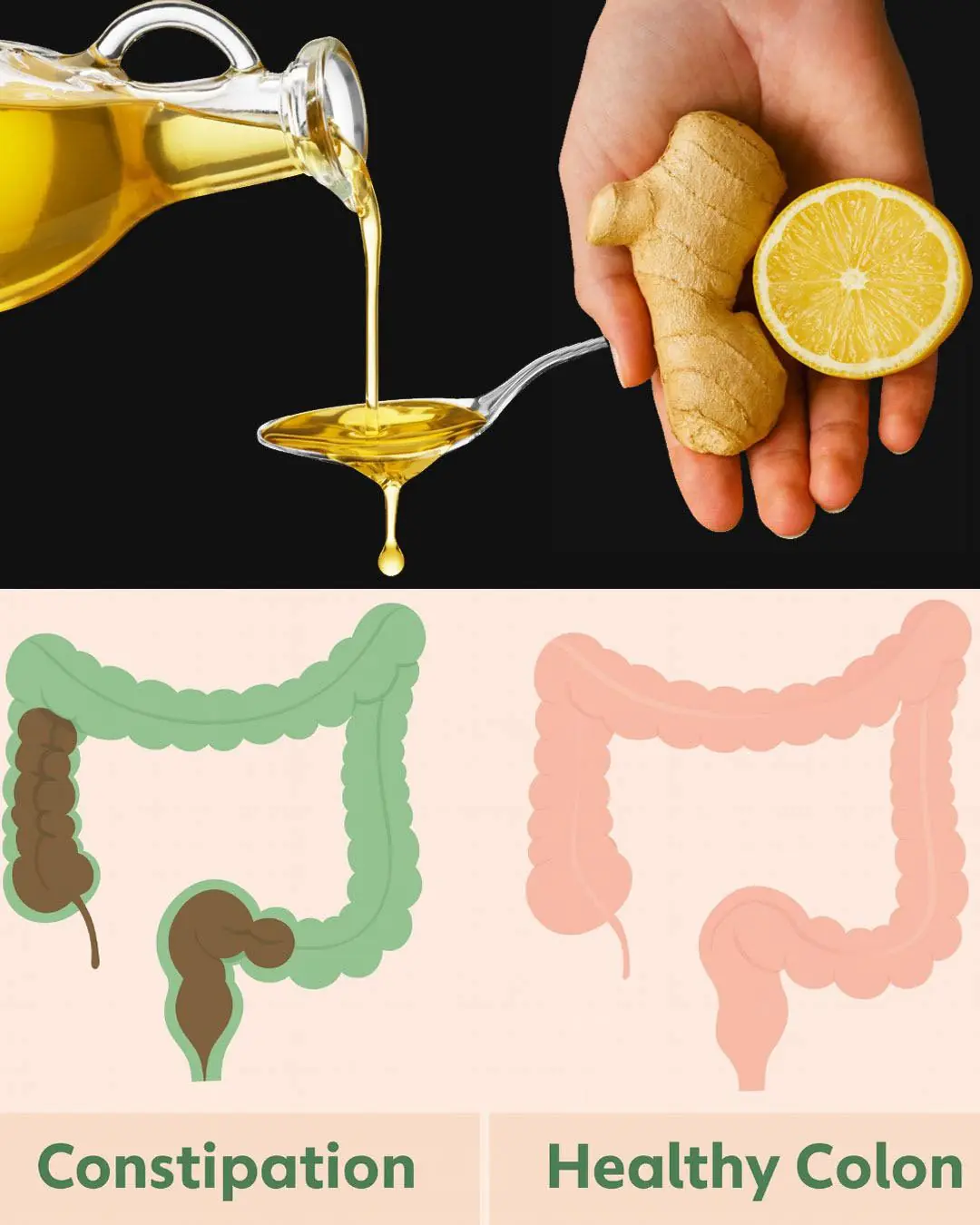
Morning Detox Elixir: Olive Oil, Lemon & Ginger – The Natural Cleanse You Need Daily

Nine Children in Dawsonville Get the Gift of a Bed, Comfort, and Peaceful Sleep
